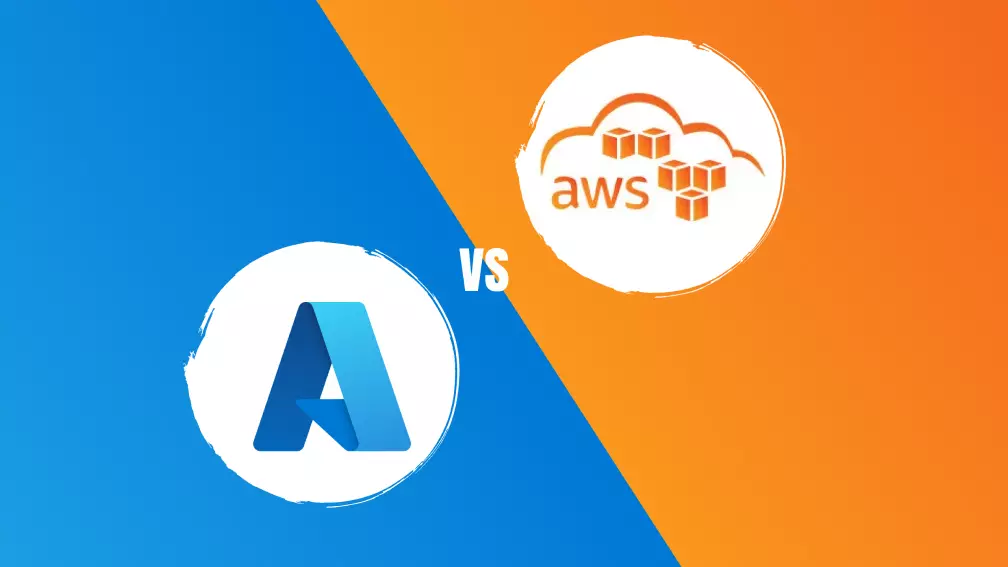Custom Software Development Lifecycle
Main stages of custom software development and how it has to be done. Roadmap of a successful development cycle

The Main Stages of Custom Software Development Lifecycle
Developing a highly-functional and secure custom software can be an excellent solution for the specific needs of your business. But if you consider this development type for your project, you may be terrified with the number of stages and things to keep in mind. Custom software development lifecycle is quite a challenging process.
In this article, we are going to dive deeper into the process of custom software development and single out the main stages of its life cycle. Keep on reading and you will find out all the necessary steps to get a high-quality product.
Custom Software Development Lifecycle Step By Step
In a nutshell, a custom software development lifecycle (SDLC) resembles building a house. First of all, you need to make strategically important decisions so that you can start writing a code from scratch without any unexpected issues. All of this should be done on a pre-development stage. The following stage is the development itself and the work of a custom development team continues when the software product is launched.
Pre-development Stages
The development process begins long before writing the code. Here are the main steps the custom development project goes through:

Step 1. Consulting
The very first thing you need to do is to get in touch with the development company and define whether it fits your custom development project. Here are the main points to consider:
- communication methods and tools
- portfolio
- technology stack they worked with
- real reviews and recommendations
- location
- pricing models
Step 2. Planning and Requirements
This stage is essential for custom SDLC. Planning lays out all the steps you should make and singles out all the project peculiarities, including:
- specific business requirements
- technologies to be used
- potential risks
- deadlines and meetings schedule
- approximate budget
- features
Step 3. Design

A UX designer is responsible for this custom software development stage and makes final decisions on what the final product will look like. Attractive and practical design and brand image play an important role in user experience. That’s why you need to develop a simple, intuitive, and appealing design.
Step 4. Software Architecture
Focus on functionality such as third-party integrations, APIs, the tasks of every module, and how modules are going to work together. For large-scale projects, this stage can take more time but still shouldn't be omitted.
Development
Having made all the decisions and defined all the technical specifics of the custom product, the project moves on to the development stage.
Step 5. Writing the code
Coding is the most time-consuming stage of the whole software development lifecycle. This is the phase you need to pay the most attention to. The more functional your app is and the more modules it includes, the more time for coding is needed. If you plan everything thoroughly in advance, there won’t be any unpredictable situations like hiring more developers, etc. It is necessary to monitor the progress of the project according to the scheduled deadlines and get in touch with the team if something goes wrong.
Step 6. Implementation
On this custom development stage, the product is implemented and integrated within the already existing systems and deployed in the target environment. The more complex systems your product uses (CRM, CMS, ERP, etc.), the more time you should spend on this lifecycle stage.
Step 7. Testing and Launch
After the successful deployment, QA and security engineers test the software for errors, bugs, and safety issues. This stage helps you save time and effort on fixing bugs after the launch. It also enhances the user experience with your custom app or website.
Post-launch

The SDLC is not over when the custom product is launched.
Step 8. Improving
Having presented the custom application or website to the end-users, you shouldn’t relax. It is time to track their experience and enhance your product according to their needs. For custom software development, you can implement analytical tools that are going to do a great deal of monitoring the user activity.
Final Thoughts
To boost your company to a new level and make it stand out among the competitors, you should consider the option of custom software development. This way, you create more personalized solutions for your demands and aims. The SDLC includes many processes, each of them being significant for delivering a high-quality result. If you need more detailed consultancy or looking for a reliable custom software development company, you can contact our expert development team.
Users also ask:
Here are the answers to the most popular user questions:
What is custom software development?
This development type aims to deliver the product that is launched, created, and maintained according to the specific customer requirements. The advantages of this type are a personalized and flexible approach to the business needs and enhancing the performance.
What are the differences between custom and off-the-shelf software?
The off-the-shelf type is created from a ready-made template or feature package. It aims to reach the most audience and be more efficient for startups. Custom software development is preferred by large corporations as it is tailored to all individual needs.
What are the advantages of custom software?
In brief, here are the key advantages of custom software development:
- improved performance
- enhanced user experience and satisfaction
- personalized integrations
- advanced security
What are the main steps of the custom software development life cycle?
The process begins with planning and designing, and then development, testing, and launch, and finishes with maintenance and post-launch improvements.


